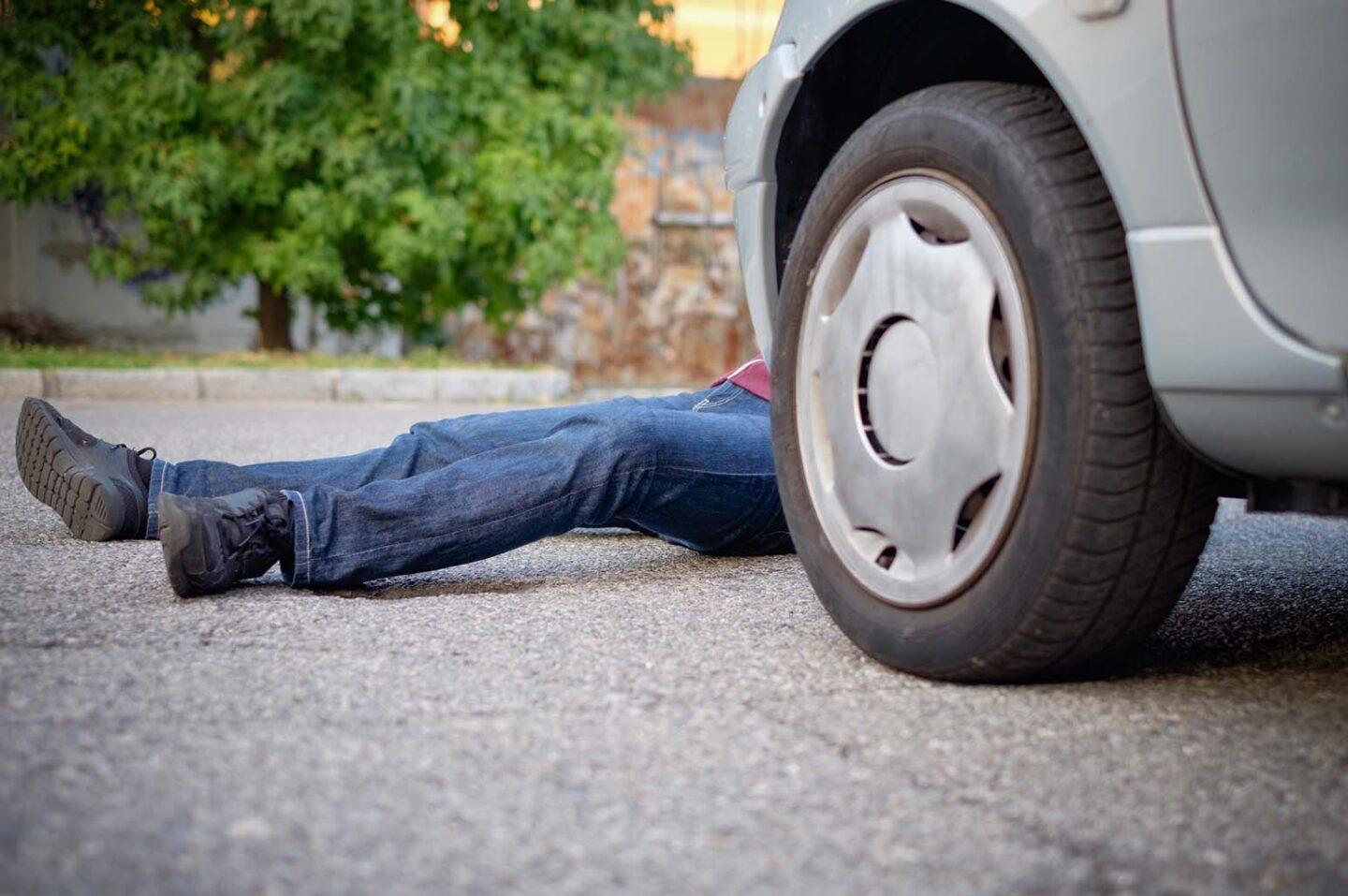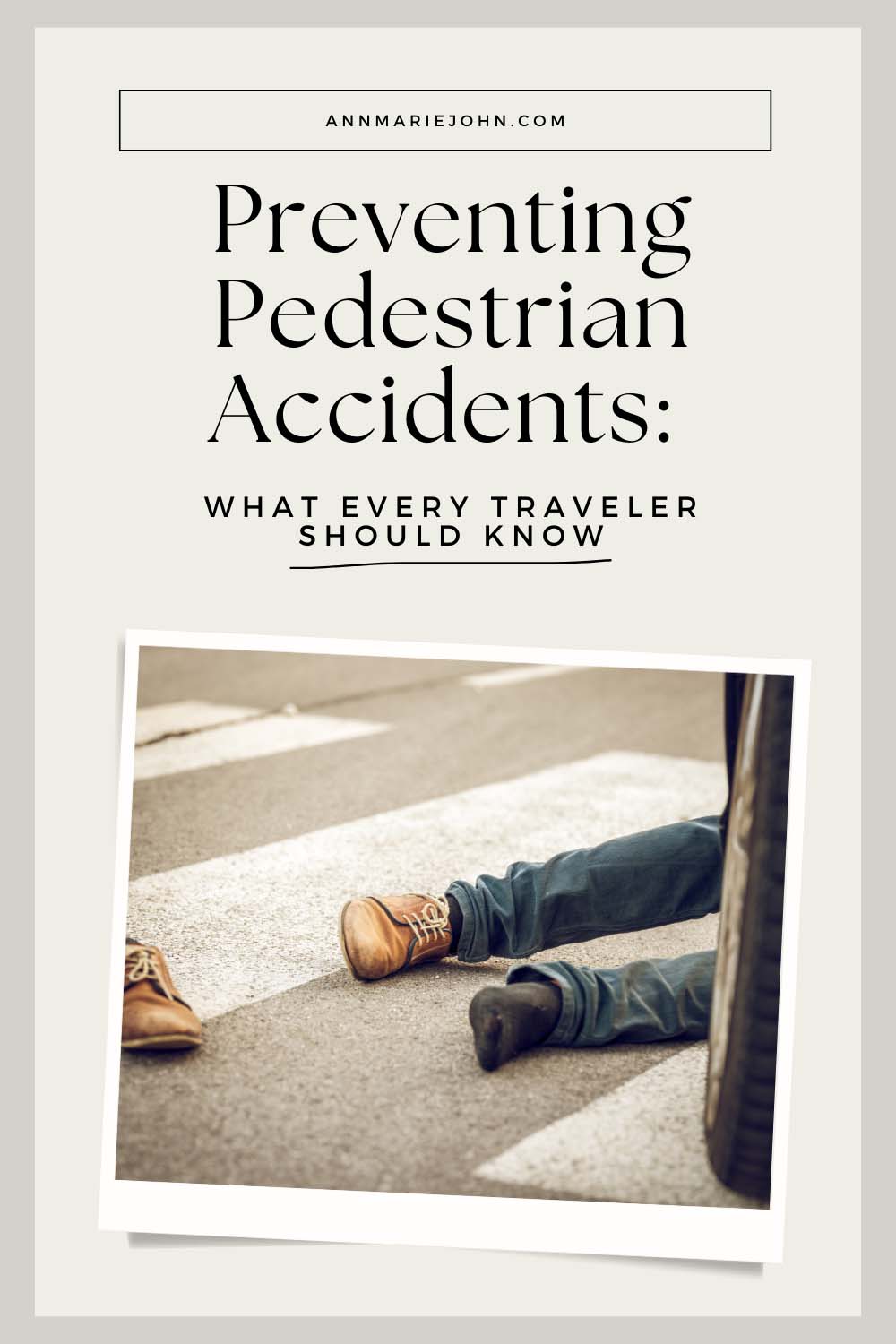Learn how to keep pedestrians safe on the roads with these tips and insights. Get up-to-date on the latest safety measures for drivers so you can drive with confidence.

Thousands of pedestrians perish in traffic accidents every year. Even more concerning is that the number of pedestrian fatalities has increased considerably over the past few years, with experts warning that the trend is likely to continue.
While most of these accidents are caused by driver negligence, pedestrians also have a part to play.
We’ll look at both ends of the spectrum, evaluating the causes and possible precautions you can take when driving. We will also show the importance of walking with caution in this era of increasing pedestrian accidents.

What Are Some of the Most Common Causes of Pedestrian Accidents?
The most effective way to prevent accidents from happening is to know what causes them and then take the necessary measures to eliminate the contributing factors. In that regard, here are some of the most common causes of pedestrian accidents:
Speeding
Speeding is the leading contributing factor in traffic accidents, including those involving pedestrians. According to the NHTSA, speed-related accidents account for 29% of traffic fatalities.
The reason behind this is straightforward. The faster you drive, the less time you have to react in case of an emergency. Driving at high speeds limits your ability to control the vehicle, especially when hitting a curve.
Drugs and Alcohol
When it comes to causing traffic accidents, drugs and alcohol are major contributors. Motorists and pedestrians can both be at fault.
When driving under the influence, your judgment, motor skills, and coordination are impaired, leading to delayed reaction time. Sometimes, you may even veer off the road, hitting a nearby pedestrian.
Similarly, an intoxicated pedestrian can stumble onto the road and into oncoming traffic, cross at an inappropriate location or time, or even fail to see an oncoming vehicle. The danger is further exacerbated by poor driving conditions, such as at night or in bad weather.
Failing to Yield the Right of Way
Both motorists and pedestrians have a legal right to proceed with precedence in specific locations and situations. For instance, traffic signals at an intersection show when it’s safe for drivers and pedestrians to move. An accident may occur if either party disobeys traffic rules by proceeding without giving the right of way to the rightful party.
Time and Location
Some locations are more prone to pedestrian accidents than others. For instance, data from the NHTSA shows that most pedestrian traffic fatalities happen in urban areas, accounting for nearly 80% of all pedestrian fatalities. Similarly, 76% of pedestrian deaths occur on open roads where drivers are prone to drive at higher speeds, and another 76% occur in poor lighting conditions, such as in the wee hours of the night.
The data also shows that most accident-related pedestrian fatalities occur on Saturdays, mostly at night. Tuesday has the lowest count of pedestrian deaths, but the number steadily rises the rest of the week, peaking on Saturday.
Tips for Avoiding Pedestrian Accidents
For drivers:
As a driver, you’re responsible for your safety and that of others in the vehicle and pedestrians. Any mishap on the road could result in severe injuries for both parties. Here are some of the ways drivers can help prevent pedestrian accidents.
Stay Alert When Behind the Wheel
The most common phrase uttered at accident scenes around the U.S. is “I didn’t even see them.” What makes it even more concerning is that sometimes it’s true that the driver didn’t see the pedestrian crossing the road. Why? They weren’t paying attention.
There’s a common phenomenon known as unintentional blindness. It is not a medical condition, but rather how your brain processes information. The human brain is wired to focus on the largest, most significant targets while ignoring minor details.
In a chaotic scene, such as an intersection, most drivers focus on more significant threats, like large, fast-moving vehicles, limiting their ability to spot pedestrians trying to cross the road.
Therefore, you should pay close attention to everything on the road, no matter how insignificant it may be. This is even more vital in densely populated areas with children darting into the street.
Don’t Pass a Vehicle Stopped at a Crosswalk
Whenever you see a vehicle stopped at a crosswalk, the chances are that they’re waiting for a pedestrian to cross, even if you can’t see them. Darting past a vehicle stopped at such a location may cause you to hit a pedestrian inadvertently.
Give Pedestrians Right of Way at Intersections
Most people stop whenever they see a walk signal at a traffic light at intersections. Some people don’t realize that every intersection is a crosswalk. As such, you should slow down or even stop whenever you see a pedestrian stepping onto the road to give them ample time to cross safely.
For pedestrians:
While drivers carry most of the blame, they’re not always at fault. As a pedestrian, you are responsible for guaranteeing your safety on the road. Here are a few tips on how to do it.
Find the Safest Walkways
There’s always the possibility of a vehicle veering off the road and hitting you at a walkway, especially if it’s not properly partitioned with barriers. To err on the safe side, choose a safe walkway, preferably a sidewalk. While at it, try walking towards traffic to have a full view of oncoming traffic.
Walk in Well-lit Areas
Most pedestrian accidents happen in the dark. So, if you find yourself in a situation where the road is not well-lit, it’s advisable to carry a light source so drivers can see you easily.
Obey all Traffic Lights and Signals
Pedestrians are some of the biggest violators of traffic rules, particularly when obeying traffic lights and signals. In an age of faster vehicles and reckless drivers, looking at both sides of the road before you cross has never been more vital. And, while you’re at it, pay close attention to traffic lights and signals to know when it’s safe to cross.
The Bottom Line
When it comes to pedestrian accidents, any party may be at fault. As such, it falls on all road users, motorists, and pedestrians alike to take the necessary precautions to avoid accidents. By following traffic rules and paying attention to the road, you can avoid ending up in a hospital bed or facing legal liabilities.
